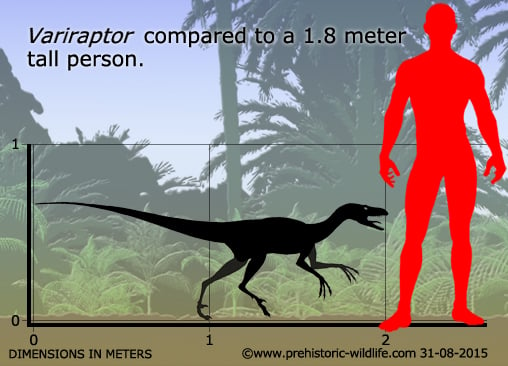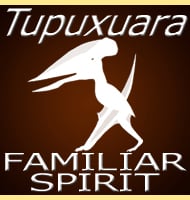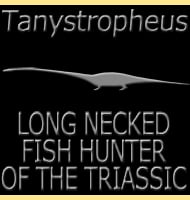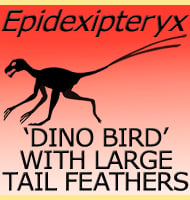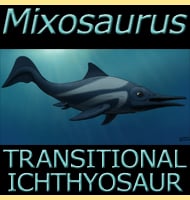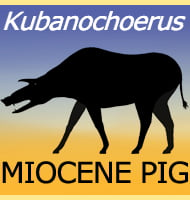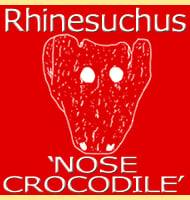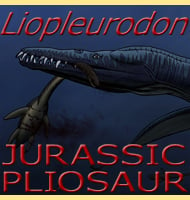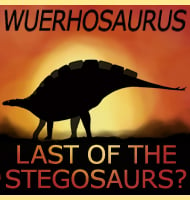In Depth
Reconstruction of Variriaptor from available fossils is difficult as only partial remains exist. Discovered fossils do appear to be superficially similar to Deinonychus, although Variraptor appears to be of an overall smaller build. Some size estimates do have Variraptor reaching up to three meters in length, although the smaller estimate of two meters is more common.
Variraptor has been considered by some to be a Nomen dubium due to lack of identifying features from existing remains. Additionally Variraptor is has been considered by some to have a potential synonymy with Pyroraptor.
Further Reading
– A new dromaeosaurid theropod from the Upper Cretaceous of southern France. – Oryctos 1:105-112. – J. Le Loeuff & E. Buffetaut – 1998.
